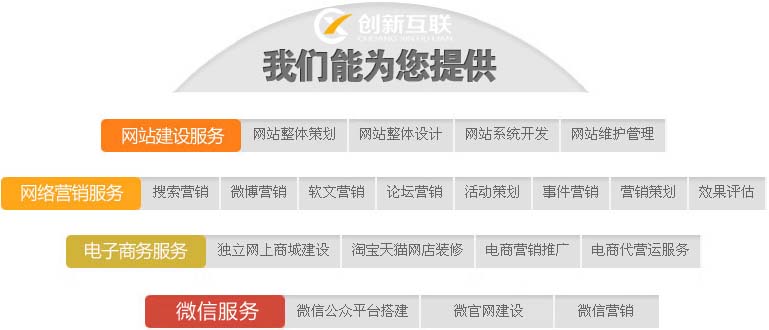Python中aiohttp怎么使用
本篇内容介绍了“Python中aiohttp怎么使用”的有关知识,在实际案例的操作过程中,不少人都会遇到这样的困境,接下来就让小编带领大家学习一下如何处理这些情况吧!希望大家仔细阅读,能够学有所成!

创新互联建站是一家专业提供迎泽企业网站建设,专注与成都网站建设、成都网站设计、H5建站、小程序制作等业务。10年已为迎泽众多企业、政府机构等服务。创新互联专业的建站公司优惠进行中。
1.定义
aiohttp 是一个基于 asyncio 的异步 HTTP 网络模块,它既提供了服务端,又提供了客户端
2.基本使用
import aiohttp
import asyncio
async def fetch(session, url):
# 声明一个支持异步的上下文管理器
async with session.get(url) as response:
# response.text()是coroutine对象 需要加await
return await response.text(), response.status
async def main():
# 声明一个支持异步的上下文管理器
async with aiohttp.ClientSession() as session:
html, status = await fetch(session, 'https://cuiqingcai.com')
print(f'html: {html[:100]}...')
print(f'status: {status}')
if __name__ == '__main__':
# Python 3.7 及以后,不需要显式声明事件循环,可以使用 asyncio.run(main())来代替最后的启动操作
asyncio.get_event_loop().run_until_complete(main())3.请求类型
session.post('http://httpbin.org/post', data=b'data')
session.put('http://httpbin.org/put', data=b'data')
session.delete('http://httpbin.org/delete')
session.head('http://httpbin.org/get')
session.options('http://httpbin.org/get')
session.patch('http://httpbin.org/patch', data=b'data')4.相应字段
print('status:', response.status) # 状态码
print('headers:', response.headers)# 响应头
print('body:', await response.text())# 响应体
print('bytes:', await response.read())# 响应体二进制内容
print('json:', await response.json())# 响应体json数据5.超时设置
import aiohttp
import asyncio
async def main():
#设置 1 秒的超时
timeout = aiohttp.ClientTimeout(total=1)
async with aiohttp.ClientSession(timeout=timeout) as session:
async with session.get('https://httpbin.org/get') as response:
print('status:', response.status)
if __name__ == '__main__':
asyncio.get_event_loop().run_until_complete(main())6.并发限制
import asyncio
import aiohttp
# 声明最大并发量为5
CONCURRENCY = 5
semaphore = asyncio.Semaphore(CONCURRENCY)
URL = 'https://www.baidu.com'
session = None
async def scrape_api():
async with semaphore:
print('scraping', URL)
async with session.get(URL) as response:
await asyncio.sleep(1)
return await response.text()
async def main():
global session
session = aiohttp.ClientSession()
scrape_index_tasks = [asyncio.ensure_future(scrape_api()) for _ in range(10000)]
await asyncio.gather(*scrape_index_tasks)
if __name__ == '__main__':
asyncio.get_event_loop().run_until_complete(main())7.实际应用
import asyncio
import aiohttp
import logging
import json
logging.basicConfig(level=logging.INFO,
format='%(asctime)s - %(levelname)s: %(message)s')
INDEX_URL = 'https://dynamic5.scrape.center/api/book/?limit=18&offset={offset}'
DETAIL_URL = 'https://dynamic5.scrape.center/api/book/{id}'
PAGE_SIZE = 18
PAGE_NUMBER = 100
CONCURRENCY = 5
semaphore = asyncio.Semaphore(CONCURRENCY)
session = None
async def scrape_api(url):
async with semaphore:
try:
logging.info('scraping %s', url)
async with session.get(url) as response:
return await response.json()
except aiohttp.ClientError:
logging.error('error occurred while scraping %s', url, exc_info=True)
async def scrape_index(page):
url = INDEX_URL.format(offset=PAGE_SIZE * (page - 1))
return await scrape_api(url)
async def main():
global session
session = aiohttp.ClientSession()
scrape_index_tasks = [asyncio.ensure_future(scrape_index(page)) for page in range(1, PAGE_NUMBER + 1)]
results = await asyncio.gather(*scrape_index_tasks)
logging.info('results %s', json.dumps(results, ensure_ascii=False, indent=2))
if __name__ == '__main__':
asyncio.get_event_loop().run_until_complete(main())“Python中aiohttp怎么使用”的内容就介绍到这里了,感谢大家的阅读。如果想了解更多行业相关的知识可以关注创新互联网站,小编将为大家输出更多高质量的实用文章!
分享题目:Python中aiohttp怎么使用
文章地址:http://ybzwz.com/article/gocigh.html


